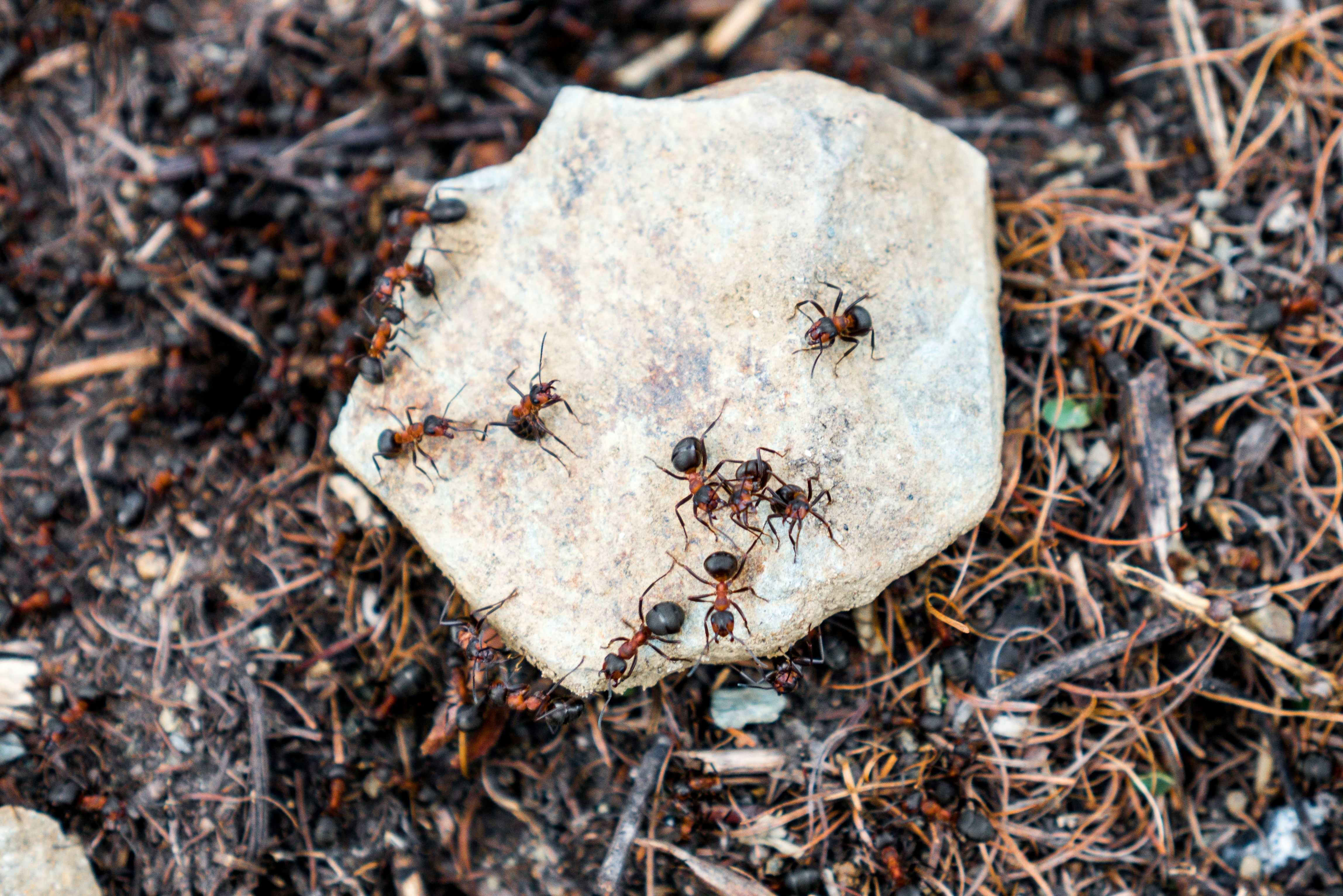Army Ants: Swarms That Shape Ecosystems

Category: Insects | June 16, 2025
Army ants are among the most fascinating and formidable insects on Earth. Unlike other ants with permanent nests, these nomadic hunters are always on the move, sweeping through forests and jungles in massive swarms. Their aggressive raids can contain hundreds of thousands of individuals working together to overwhelm prey — and in the process, reshape the ecosystems they inhabit.
**Living Floods of Insects**
Army ants operate as a highly organized unit. Each colony can number in the millions, moving in coordinated columns that seem to act with a single mind. They raid everything in their path — from spiders and scorpions to small vertebrates. Their sheer numbers make escape nearly impossible for unlucky prey.
**Temporary Nests and Endless Marches**
Unlike most ants, army ants do not build permanent nests. Instead, they form temporary living bivouacs by linking their bodies together to shelter the queen and brood. After a few days, they dismantle the living nest and march on, covering new ground in search of food.
**A Force That Shapes the Forest**
As apex invertebrate predators, army ants play a crucial ecological role. Their raids flush out other insects, reptiles, and small mammals, which in turn become food for birds and other predators that follow the swarms — creating temporary, mobile feeding frenzies known as **“antbird waves.”**
**Coordination Without Central Control**
Despite lacking a leader, army ants demonstrate advanced collective behavior. Using pheromones and touch, they navigate complex environments, divide labor, and adjust strategies in real time — a stunning example of **emergent intelligence** in nature.
**More Than Just Killers**
While their predatory efficiency is remarkable, army ants also help regulate populations of pests and contribute to nutrient cycling by consuming decaying material and animal remains. Their movements open up the leaf litter and aerate the soil, subtly influencing forest structure.
**Nature’s Moving Machines**
From their social complexity to their ecological influence, army ants are more than just terrifying insects. They are a living example of how cooperation, adaptability, and specialization can turn a simple organism into a major force of nature.
When the forest floor trembles and rustles with activity, it’s a sign that the army ants are on the move — and everything in their path will feel their presence.
🌴 Jungle Chatter
Most popular reactions:
No reactions yet.